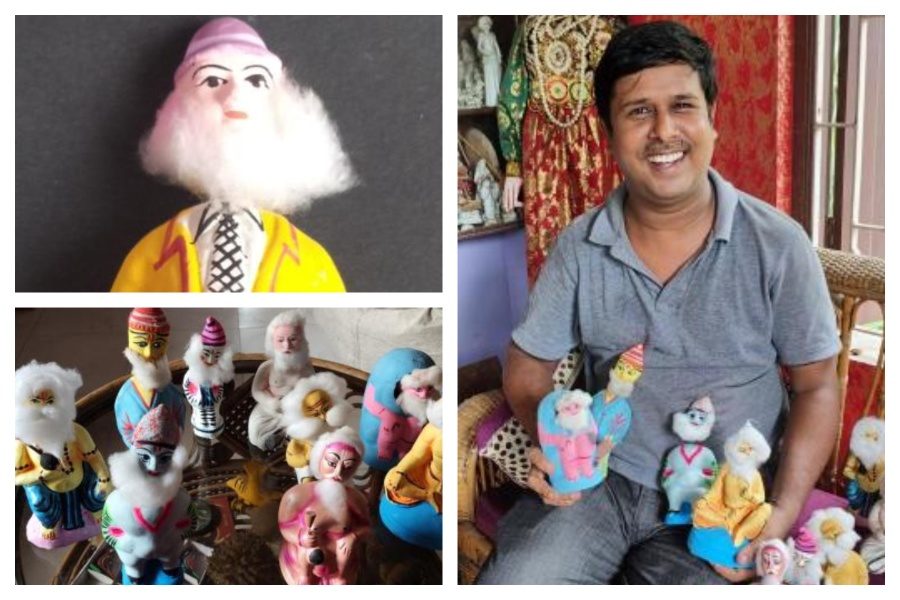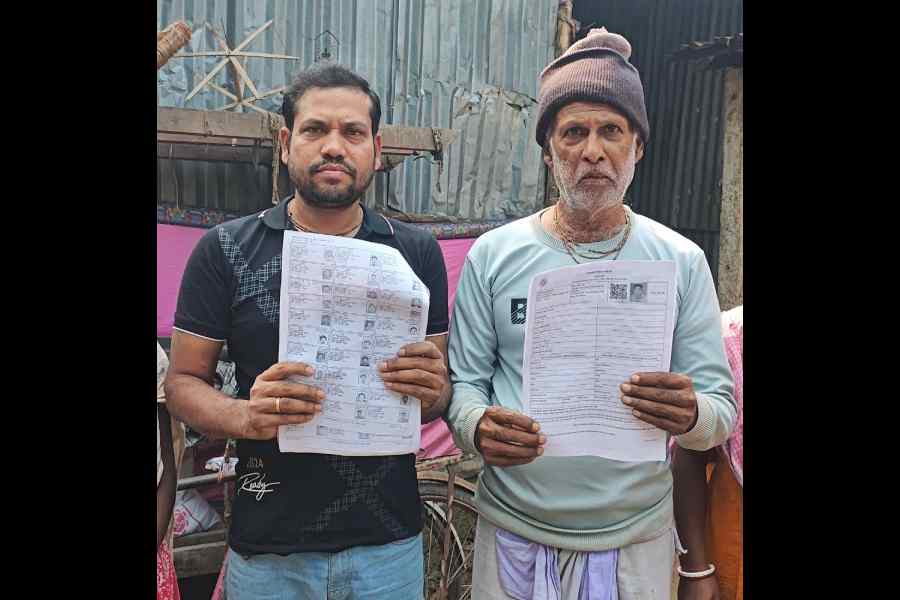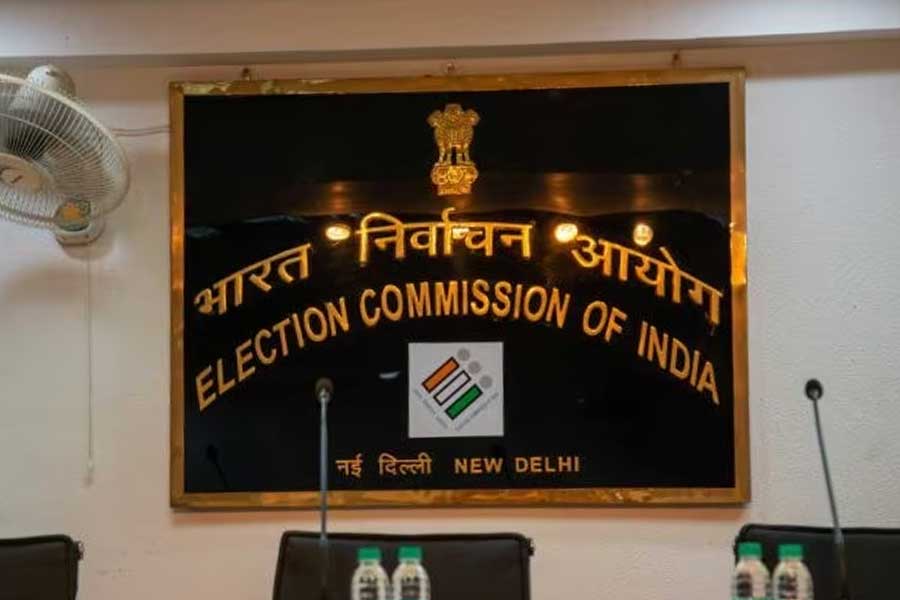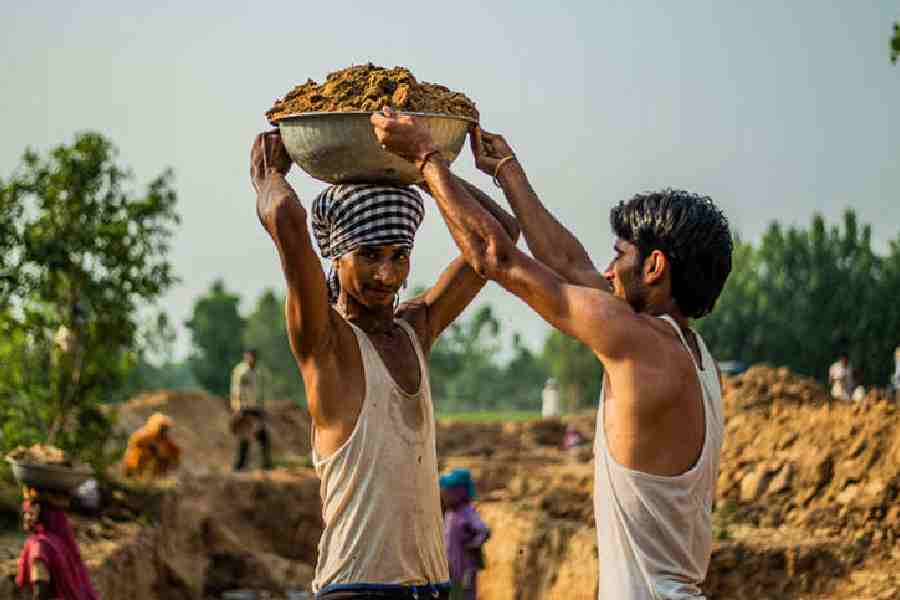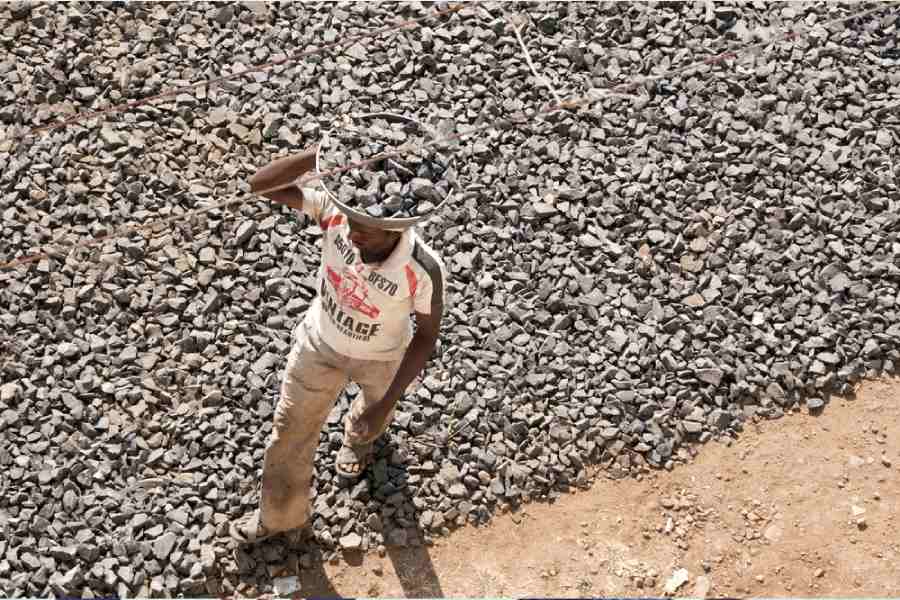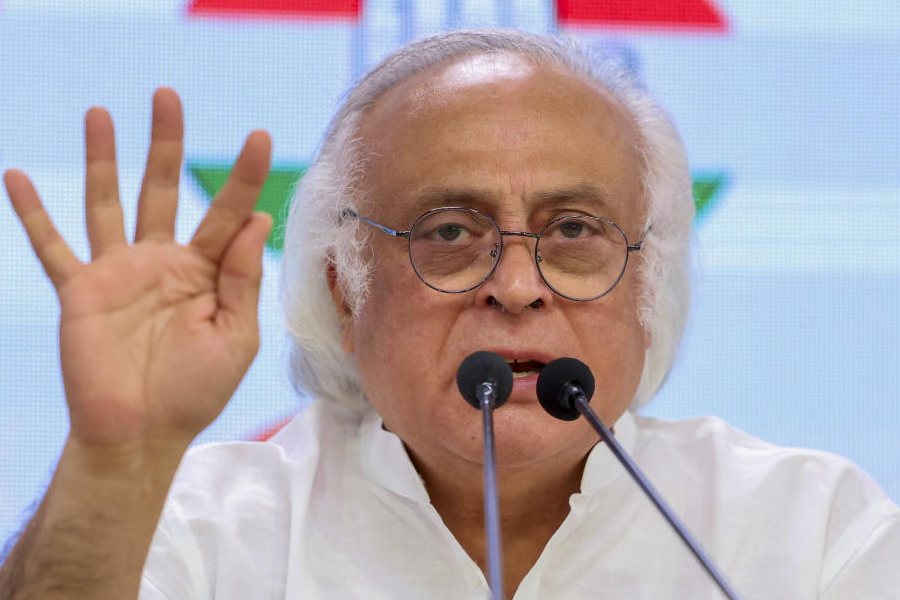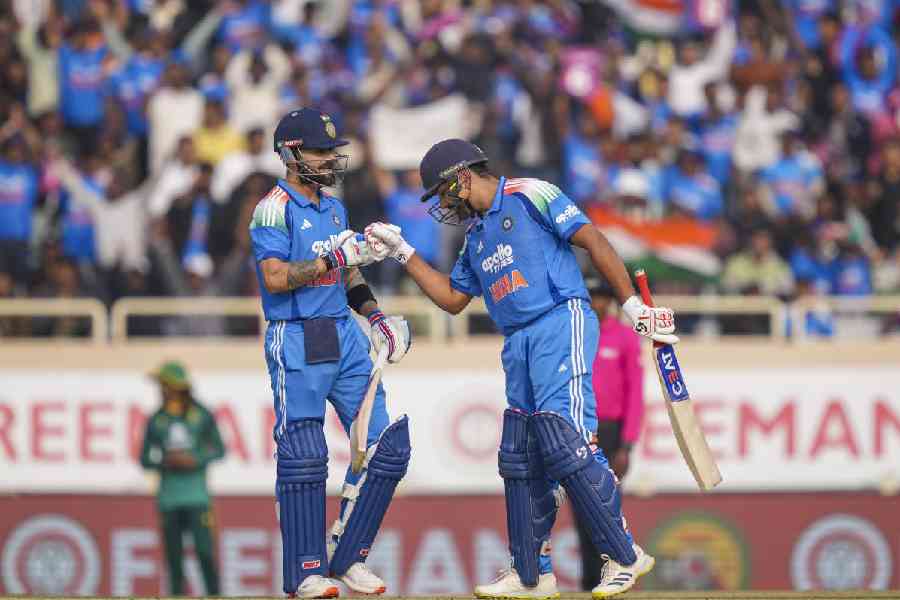Among a host of things, collector Ujjwal Sardar has three almirahs full of dolls. Red and yellow wooden ones, clay ones, shiny white porcelain ones. “I have a total of 3,400 dolls in my collection. Most of them are from different parts of India,” says Sardar.
He continues, “I had initially started collecting dolls from different districts of Bengal. Each district has its own style.” What stands out among them are the nodding dolls; 30 different kinds at last count.
The nodding dolls are all male. All of them have white hair and a beard to match. Touch them on the head and they start to bob up and down and keep bobbing, in approval or disapproval, in happiness or amazement he cannot say. But Sardar knows a little bit about their context.
One of the dolls is dressed in a bright blue coat, trousers and a cap like the one you see on Santa Claus. “This is a doll from Barua village of South 24-Parganas,” says Sardar. The other doll from Barua is also dressed in Western clothes, smokes a cigar instead of a hookah unlike his country cousins. He cannot explain the tilak on the forehead of one of the dolls, the kind Vaishnavites sport. But experts and researchers speak of the mixed cultural and religious heritage of the South 24-Parganas, one where Christian families attend Harinam as well as Krishtokirtan or kirtans whose subject is Christ.
There is another nodder from Joynagar. The doll comes attached to a piggy bank shaped like a granary. “He is the custodian of a family’s savings and nods to convey his opinion every time someone is frugal or spendthrift, as the case may be.
Now, the people of Joynagar are predominantly farmers. Says Sardar, “Come to think of it, even the artist who is making dolls is involved in tilling the land.”
Not all the nodding men are conscience-keepers. Some of them represent the life of an elder, the philosophy of old age, beyond the passions of youth and the fashions
of middle age. For instance, the nodding old man from Burdwan. Barebodied, dhoti-clad, he sits and smokes his hookah.
But the gentleman Sardar has brought over from Majilpur is not yet ready to spend a sedentary life. This one is dressed like a babu; white kurta with intricate designs, immaculate dhoti with all its flourishes. Legend has it that the courtiers of Pratapaditya, king of lower Bengal in the 16th century, settled down in Majilpur. Sardar imagines this bit of history has influenced this doll’s sartorial sense and aristocratic air.
Shakti Bhattacharya, who has been researching the folk traditions of Bengal does not like this deconstruction of the doll. “These are interpretations. For village folk these were just funny pot-bellied dolls,” he says.
These dolls are still available at village fairs. They are sold on the occasion of rash mela, jhulan, poush mela. It is a rural culture that has penetrated urban society.
“Probably that is why I found a small clay doll in a mela in Belghoria, which is an urban area, wearing a bright yellow coat and trousers with a black and white striped tie,” says Sardar. “It seemed to be nodding its head at the collaboration between an indigenous industry and an urban sensibility,” he adds.
There is only one woman nodding doll in the entire collection. She is one half of a couple from Mandir Bazar, which is also in South 24-Parganas. Her old man has a hookah in hand and she is holding a fan made of palm fronds. Says Sardar, “Mandir Bazar is famous for its observance of charak, which has always been dominated by male members of the society. But the scenario has changed in the last 10-15 years. Women are increasingly participating in it.”
Go ahead, say it — it is a doll’s world.

